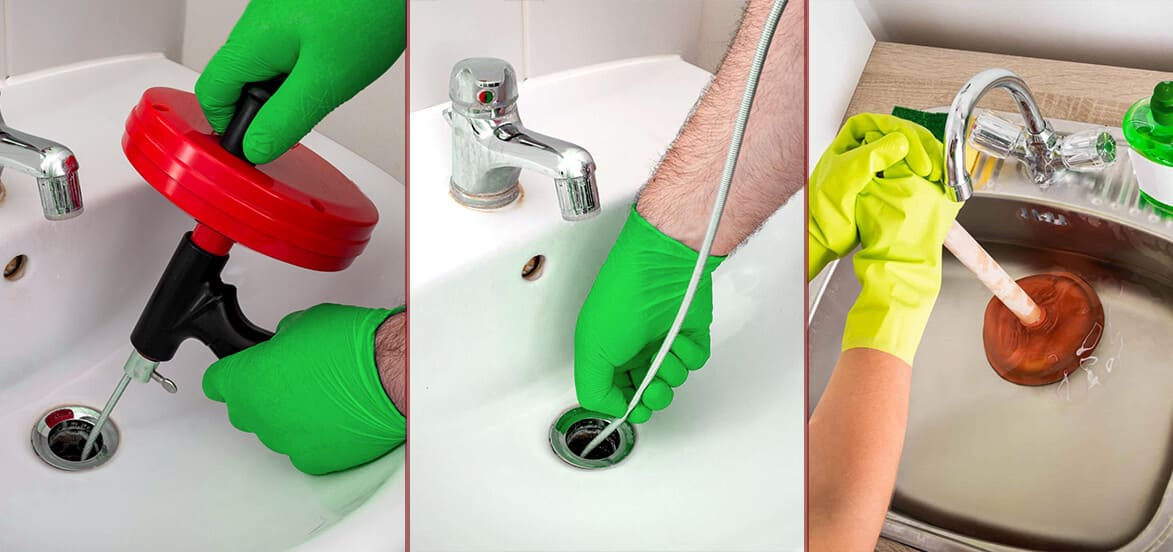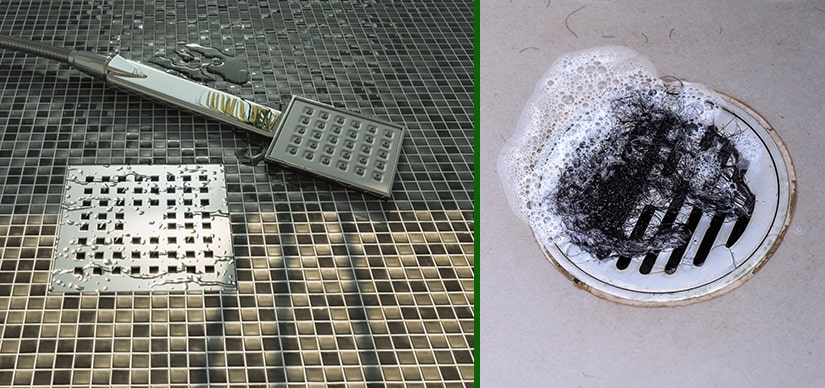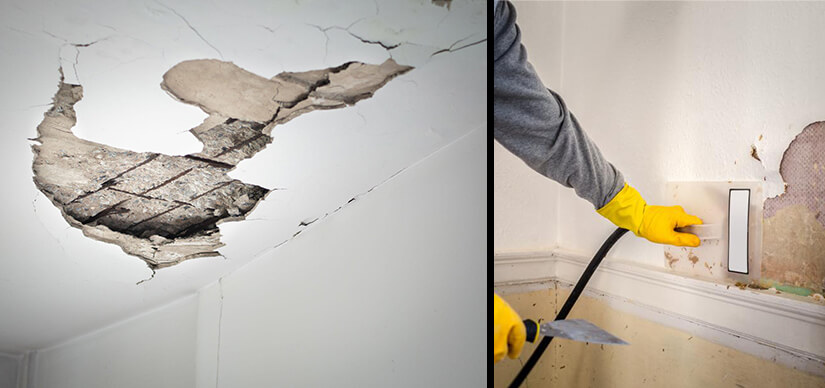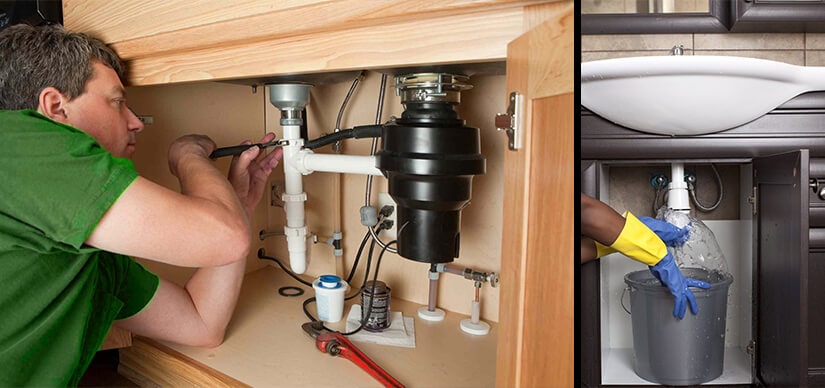The Most Common Types of Drain Clogs
Views : 690

Introduction:
Nobody likes the idea of blocked plumbing lines, whether they transport water or waste. When plumbing water encounters a complete or partial barrier, it will redirect itself, resulting in a variety of effects ranging from backups and floods to delayed drainage and low pressure.
While some problems are small annoyances, others cause substantial injury and cost money. Many people want to know how to prevent all types of blocked plumbing issues, or they want to discover solutions such as Drain Cleaning Services in Los Angeles.
Understanding the reasons for blocked drains is the best insurance against disasters and is always a wise preventive tactic to utilize against harmful blockages. As a result, what you know may help you both prevent and recognize problems. Finding and removing a drain clog looks to be a very simple operation, but repairing blocked drains may be difficult and extensive, depending on where the clog is situated, what it consists of, and what must be done to reach and remove it.
Common Causes:
The sewage and water drainage systems of a home are organized similarly to a tree and its branches. There is a primary line that is often the greatest in diameter, and sublines branch out from it that are typically a bit smaller in size. While clogs are most typically observed in toilets, they may start, expand, and obstruct function at any point in the system.
Find information shared by top professionals offering drain installation and replacement in Los Angeles about drain clogs and clogged drain cleaning.
A clog may develop and lodge anywhere, but an inspection can assist in narrowing the options. You’ll be able to observe what’s going on. If a piece of the water or sewer main gets blocked, the whole family or company will most certainly be affected. If anything gets entangled in one of the sublines, whatever is happening will most likely be restricted to a specific area or portion of the structure.
Let us look at the most common causes and types of drain clogs. It will also help you understand when to call a company for drain cleaning services in Los Angeles.
Tree Roots:
Tree roots are well recognized as the principal cause of water and sewage main bottlenecks and impediments. While tree roots are more frequent in older houses’ pipes, they may enter systems of any age. According to some experts, a gurgling sound is the first sign of tree root intrusion into a sewage or water line.
Tree roots, like all living things, need moisture and are naturally attracted to the water in waste and sanitary sewage pipes, particularly if they have a break or leak.
If you live in a wooded area or near a lot of trees, you should be cautious about tree root invasion. Some customers choose to have a root video check every few years since the cost of the service is far less than the cost of fixing an unresolved problem.
Flushable Wipes:
Flushable wipes might be harmful to the system. Some cities and other bodies in charge of wastewater treatment and management have started to discourage the use of flushable wipes. According to one estimate from 2015, the City of New York spent $18 million over five years to deal with all of the wipes clogging up the wastewater system.
These moist bathroom wipes, which have grown in popularity in recent years, have also attracted lawsuits due to claims that they disintegrate when flushed.
They are only labeled “flushable” because they physically fit into the pipe and reportedly do not break apart when flushed.
Thick toilet paper, paper towels, face tissue, light cardboard, and other paper products are not intended to be flushed. Home and business plumbing systems can take and treat water, human waste, and biodegradable toilet paper. That’s it.
Fat, Oil, and Grease:
These three elements are all enemies of plumbing and its components. Another well-publicized ad educates consumers on the need to not throw greasy goods down the drain, where they may gather and create blockages.
We’d like to believe that most of us know better than to pour a pan of bacon grease down the drain or trash disposal, but certain other goods containing fat, oil, or grease may slip through the cracks. Examples include steak or other meat trimmings, butter, vegetable oil, chocolate, milk, and other components.
Although it is easy to imagine that water just washes everything away, lipids are sticky, binding substances that may create accumulation and, ultimately, blockages. Fat, oil, and grease are much better disposed of in the trash. For simpler cleaning, many fats and oils, including bacon grease, may be allowed to cool and harden or congeal. Another option is to pour the oil or grease into a disposable container and then dispose of it.
Hair:
Hair may accumulate to the point where it causes a slow or full obstruction. We can’t stop hair from falling out of our heads, but we can protect the drain as much as we can with simple screens and good behaviors like sweeping hair out of sinks and rinsing hair brushes over the trash can.
When you see hair gathering on or hanging from the drain, use needle-nose pliers or long tweezers to carefully pluck it out on a regular basis, rather than letting it remain or flushing it down the drain. Drain screens are also available to prevent hair from falling down the drain and make cleanup simpler.
Food:
Food scraps and bits should be disposed of in the trash, not in the sink, bathtub, or laundry drain. It should never go down the toilet. None of these drains can take much of it since that is not their intended purpose. Edibles may be sticky, stringy, spiky, or hard, none of which are acceptable in a water pipe.
The major benefit of disposals is that they shred rubbish into small bits that can move through the drainage system without blocking. Many of the things we consume, however, are tough to shred.
Disintegration:
Pipe disintegration is a possibility, particularly in older houses or dwellings with aging concrete, clay, or terra cotta pipes. Joints may split and sink, and the soil may deteriorate and cause the pipe to droop.
Objects:
Bar soap, as well as other objects such as jewelry, children’s toys, condoms, dental floss, and food, may break off in pieces and get stuck in the drain. Only water, human waste, and biodegradable toilet paper should be flushed once again.
Tips for Prevention:
- The most basic approach to keeping drains clean is to restrict what goes down them:
- Food, coffee grinds, and grease should not be poured down the sink.
- Dispose of any leftover food in the trash or compost heap rather than the garbage disposal.
- Fill a sealable container halfway with liquid grease. After it has cooled, throw it away or take it to a recycling center.
- Hair and soap scum should not be allowed to clog bathroom drains.
- Using a mesh or a shower drain will help avoid strands of hair or chunks of dirt blocking your drain.
- A hair catcher for the shower drain may be composed of stainless steel, silicone, or a mix of the two. The shower or tub stopper can be replaced with a built-in screen that will help better block hair strands from slipping into the pipes and clogging your drainage system.
- Brush your hair before showering or bathing.
- If you must bathe your dog in the tub or shower, cover the drain with a washcloth. A dog’s hair loss after bathing may block a standard shower drain hair catcher.
- Take care with what you flush. Toilets are built to accommodate both human waste and toilet paper. Flushing materials that are thick, stringy, or bulky may produce a blockage.
- Dispose of domestic garbage instead, including feminine hygiene products, dental floss, and other things.
Conclusion
Whatever the quality of your appliances, all plumbing fixtures are susceptible to clogged drain lines. Hair, food, grease and oil, soap, and bath toys are among the main offenders. If water is accumulating in your pipes as a result of a clogged pipe, there are a few low-cost clogged drain cleaning (Los Angeles) solutions you can try before calling a plumber.




.jpg)